It’s hard to find a definition that adequately covers every part of David Richards’ Prodrive firm – and that’s awkward, as this year it celebrates 40 years of more or less continuous business success, including some of the greatest moments in UK motorsport history.
Prodrive’s own brochure description of itself as “the world’s leading independent motorsport company” only goes partway towards doing the job.
It certainly encompasses the company’s best-known successes, such as winning enough WRC rallies (46) for Subaru in 18 years to change the entire shape and public perception of the Japanese brand and scoring seven Le Mans class wins and 11 GT titles for Aston Martin since setting up a race programme in 2004.
Yet it fails to cover a plethora of other activities. Your long-wheelbase Range Rover Autobiography might well have a mechanised cocktail cabinet made in Banbury. Your Gazoo Racing sweatshirt, your e-bike or your Ian Callum-designed driving simulator could all have had their beginnings there. Maybe Prodrive’s composites department made the immaculate carbonfibre body parts for your £100,000-plus British luxury saloon too.
About 15 years into its existence, explains Richards, Prodrive started seeing opportunities in high technology and quality manufacturing and has specialised in such things ever since.
In the beginning, there was no plan. Richards’ business career started when he received a last-minute offer to rush to Kuwait and finish organising a car rally for Rothmans, the sponsor. The timing was perfect: at the age of 23, he had just finished his accountancy articles and was having “a kind of sabbatical” co-driving in rallies with Tony Pond.
The deal needed instant commitment: he needed to be on the plane the following day. But there was a downside: the previous organiser had been shot. Still, Richards accepted, and things went so well that Rothmans was soon back on the phone asking him to organise a bigger series of events in Qatar. And that worked too.
This is an early example of one of his long-held beliefs: “You have to see opportunities as they come – and they will – then grab them with both hands. The trick is not to be risk-averse.”
Richards’ business involvement increased, but his participation in rallies continued for a few more years. He dealt well with opportunities to manage other rally projects, notably for Fiat and Ford. Along the way, he became fast friends with rising Finnish star Ari Vatanen, and the pair became top competitors themselves, winning the 1981 WRC title in a Rothmans Ford Escort.
After that, Richards matter-of-factly decided that business appealed more than the peripatetic life of a pro rally co-driver (“having two young children made that kind of life pretty fraught”).
His Rothmans contacts provided early work at the March Formula 1 team, but that didn’t last long. “Our car wasn’t good,” he explains, “and when it failed to qualify at Monaco, with two Marlboro [sponsored] cars at the front, it seemed a good time to advise them to stop.

“One of the drivers, Jochen Mass, was very close to Rothmans, and I’d heard that Porsche was getting back into sports car racing, so I suggested to Jochen that we approach Rothmans to sponsor a Porsche team.”
That led to a commitment on both sides, and a successful team was built from 1983, starring big names like Mass, Derek Bell, Jacky Ickx, Vern Schuppan and Stefan Bellof.
Richards also heard Porsche was building a 959 rally car to Group B rules, which presented an opportunity to build his own rally team. He ran an early car for Porsche in the 1983 Qatar Rally: it won but almost broke in half.
After that, Porsche began running its own cars, so Richards and his band lobbied to get one of their own – a request that was granted but that turned out to be a shell and a pile of bits. A credible car was created in short order by master engineer David Lapworth, recently arrived from the Peugeot Talbot sports department. He has been one of Richards’ ‘wise men’ ever since. The British-entered 959 soon started winning in Europe and the Middle East.
The team was tagged Rothmans Porsche Rally Team, but the operator was a new entity called David Richards Autosport, based in a former tyre-fitting shop near the entrance to Silverstone circuit.
“I’d heard about a Swiss lawyer looking to get into driver representation, who already had parallel businesses that were called something like Proserve [for tennis] and Progolf,” explains Richards. “It struck me that Prodrive sounded good, so we started using that and it stuck.”

When the controversial Group B category was discontinued in 1986, the firm’s prospects looked rocky for a time, but Richards soon secured an introduction to BMW Motorsport boss Wolfgang-Peter Flohr, who had started selling race car kits for M3s.
The Prodrive crew reckoned these could be adapted for rallying, and by chance Flohr had been talking to a French team interested in the same thing. Lapworth and co (Prodrive now had about 20 employees) set about adapting the roll-cage and suspension and built a new racing dog ’box to replace the weak, all-synchromesh five-speeder.
Prodrive started finding customers in Belgium, Italy and France. It moved to better premises in Banbury at about the same time and started finding its feet. “We entered the 1987 Corsica Rally and won,” recalls Lapworth. “It was the start of everything.”

Prodrive built 38 competition M3s over about three years, including BTCC track versions for Frank Sytner, who did very well. That launched Prodrive into track race cars, building them first for BMW, then Alfa Romeo, Honda, Ford and Volvo.
But the biggest deal of all was back on the rally scene: a request from a mysterious Mr Kuze, who represented the obscure Subaru company. He had watched Prodrive’s M3s in the 1000 Lakes Rally and been impressed enough to request a meeting with Richards.
They brought him to the headquarters, lunched him, talked cars a lot, then delivered him to the airport. It led to an offer to campaign Subarus in WRC events on behalf of the factory. By the time he was back at his desk in Tokyo, a proposal from Richards had arrived, explaining how it could be done. Ryuichiro Kuze would be Prodrive’s prime Japanese contact for the next 18 years.
“Once again, the timing was perfect,” explains Richards. “The BMW had been good for us, but it was getting less competitive, because it didn’t have four-wheel drive. We knew so little about Subaru that we had to look them up in books.

But we soon found that the Legacy, the car they first wanted to campaign, had the two things that really mattered: a turbocharger and four-wheel drive. Nothing else mattered as much.”
The first entry was driven by Markku Alén in the 1990 Acropolis Rally. He won the first stage but had a suspension breakage on the second. He kept going, though, and finished fourth.
From there, the modern history of Prodrive began: the 18 stellar Subaru years, the rise to iconic status of Colin McRae and Richard Burns, the regular victories and the titles that changed the image of Subaru forever. But then it ended.
“The recession was really starting to bite,” recalls Richards, “and when the Japanese management saw that Honda weren’t being pilloried for withdrawing from F1 on economic grounds, they did the same [from the WRC].”

By then, the Aston Martin Racing programme was in full swing at Prodrive, having begun in 2004, soon after the all-new DB9 reached production. For six years from 2007, Richards was actually chairman of Aston, having led a buyout from Ford on behalf of Middle Eastern investors. Although it has changed shape a few times, Prodrive still has a huge business preparing racing Astons (there are at least 500 in action around the world), and those with the best provenance sell for eye-watering prices.
The firm has kept branching out too, within the past three years breaking into Dakar Rally endurance raiding with the Bahraini-backed Prodrive Hunter and then the Dacia Sandrider, being readied for 2025 with Sébastien Loeb, already a Prodrive regular, as star driver.
And of course it has produced its first own-brand road car, the P25, a modern recreation of the legendary Subaru Impreza 22B that ranked strongly at Autocar’s most recent ‘Handling Day’.
Meanwhile, Banbury still has a thriving Subaru preparation business (called Prodrive Heritage) and makes a big issue of supplying parts and rebuilding engines for all its cars.
“We try to support our owners very well,” says Richards. “People often make the mistake of buying a winning car from a major manufacturer, then finding it isn’t much use, because there’s no support. We see our task as to build the car well, to prove it works by winning races, to have engineers who know how to maintain it and to have a big selection of parts on tap. That has always been Prodrive’s mission, and it’s what we will always do.”

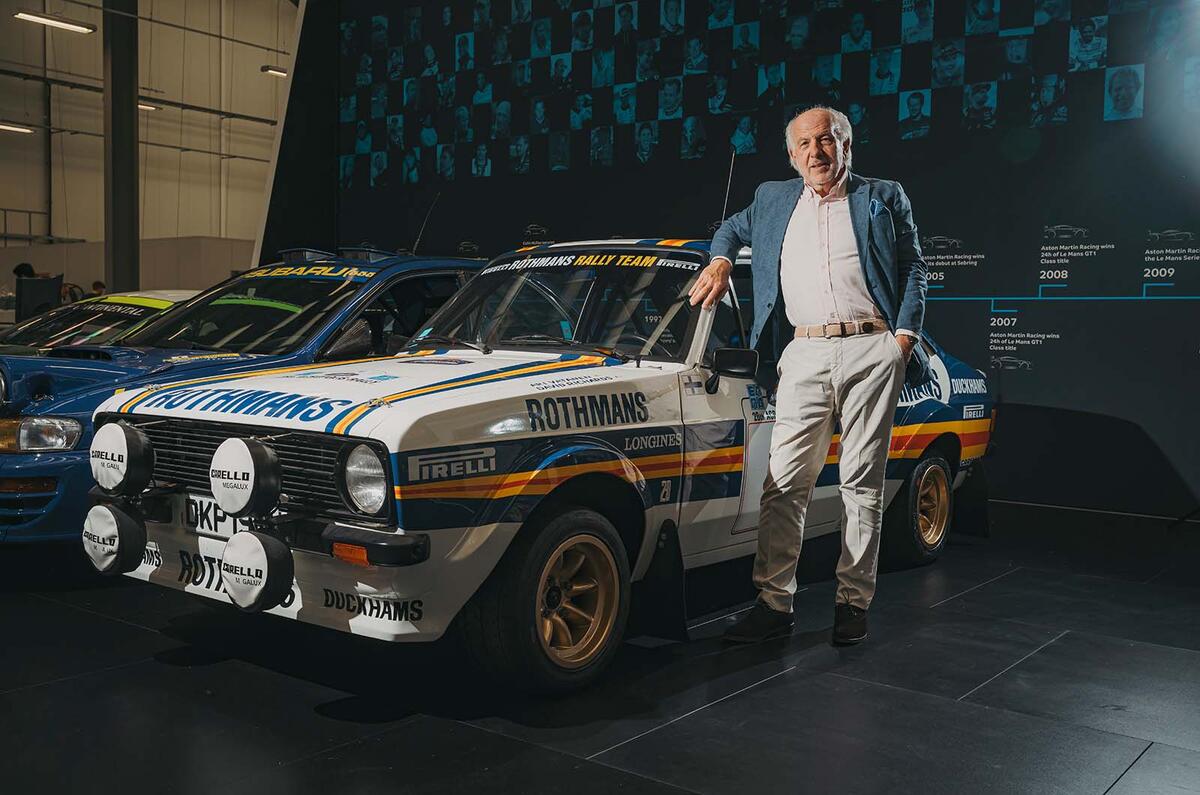
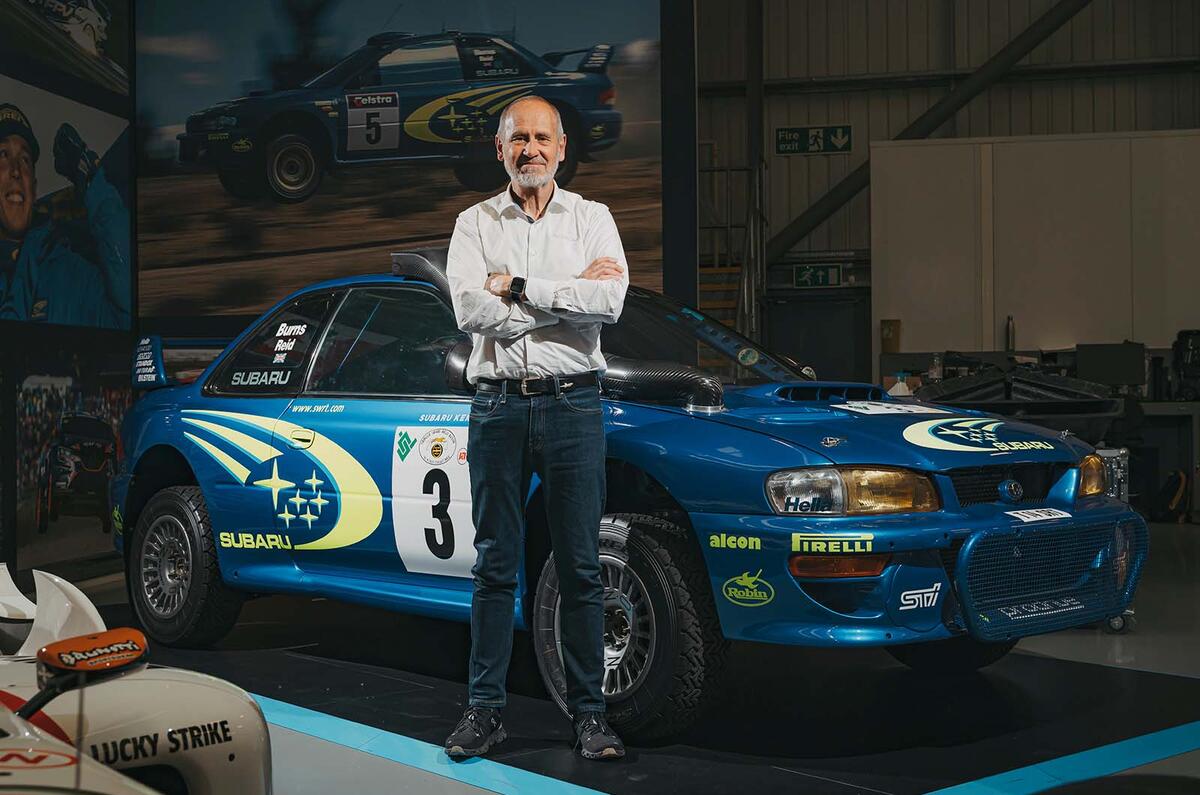
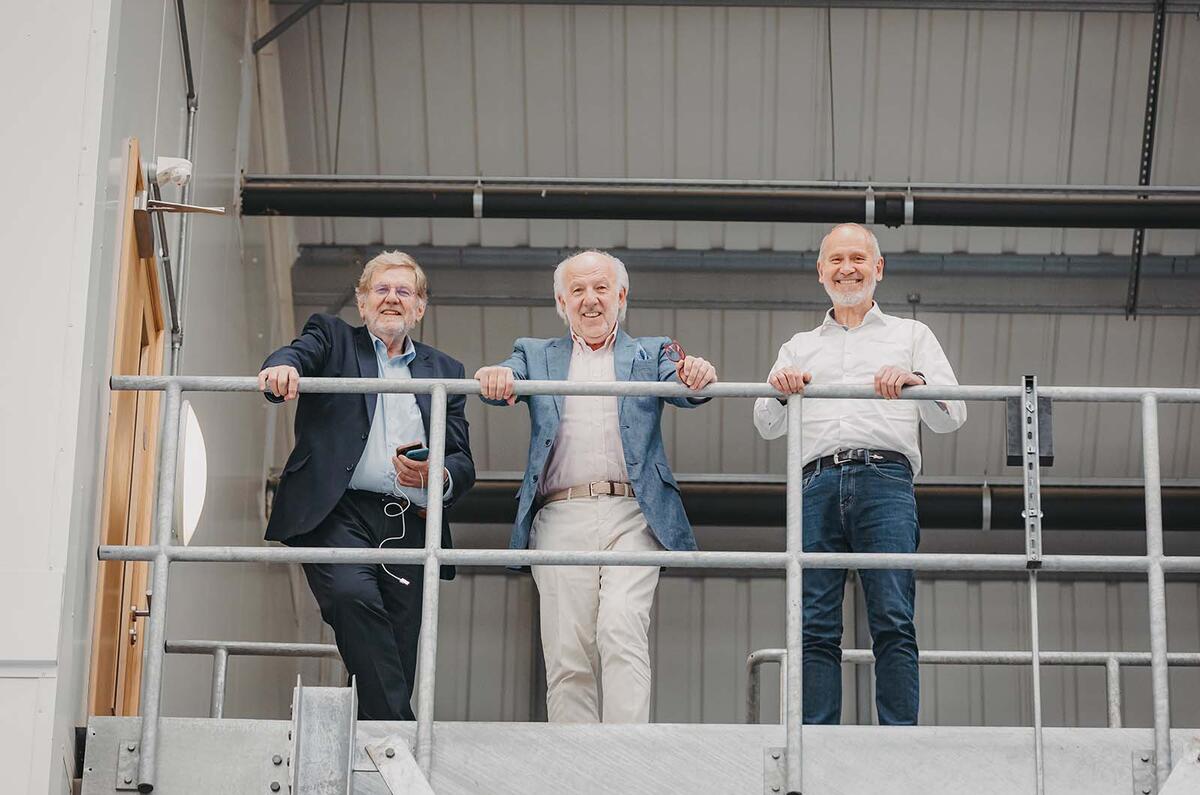
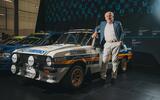
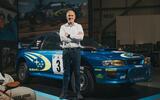







Join the debate
Add your comment